8 Lesser-Known Corners of France Away from the Crowds
France has towns where daily life carries on at an easy rhythm, yet visitors find plenty to explore – historic squares, local markets, and architecture that spans centuries. These places are lived-in but they aren’t flooded with tour groups.
For travelers who want culture, food, and atmosphere without the squeeze of the big-name destinations, here are seven great towns worth considering.
1. Uzès (Occitanie)
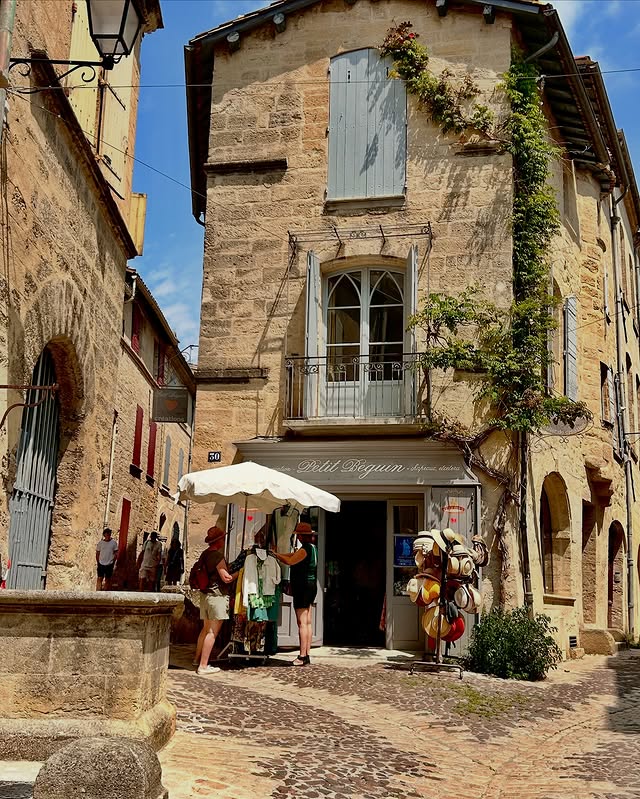
North of Nîmes, Uzès has a Provençal feel without the crush of Provence hotspots.
The arcaded Place aux Herbes is a classic market square lined with cafés and restaurants, and its Saturday market is filled with local produce, truffles, and olive oils.
The medieval Duchy of Uzès can be visited, and the town sits close to the Pont du Gard, a Roman aqueduct still standing strong after two thousand years.
Walking its compact center feels relaxed and authentic.
2. Dinan (Brittany)
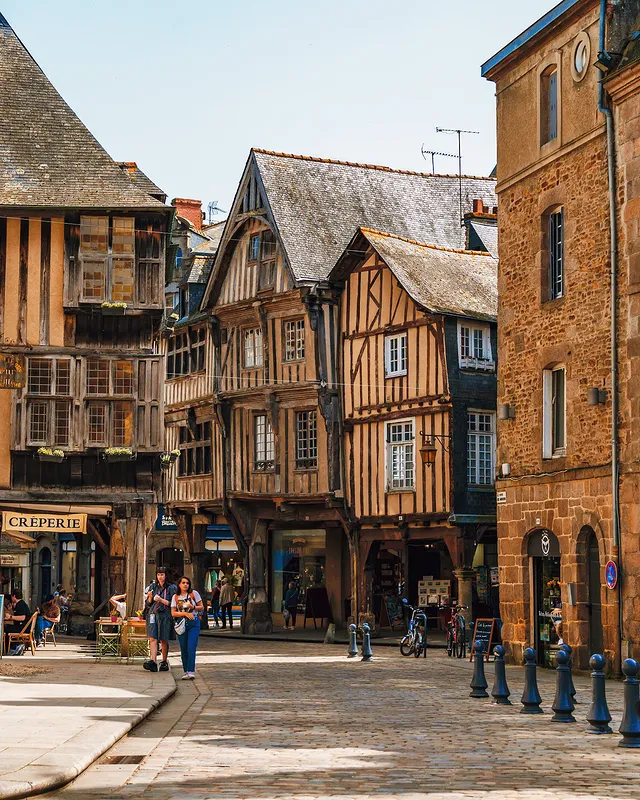
Perched above the River Rance, Dinan is one of Brittany’s most atmospheric towns. Its steep cobbled streets lead down to a quiet riverside port where you can rent boats or sit at a café terrace.
The half-timbered houses and medieval ramparts give it a distinctive look, and outside of peak summer it is easy to wander without crowds.
Dinan also makes a great base for exploring the quieter parts of Brittany’s north coast.
3. Tournus (Burgundy)
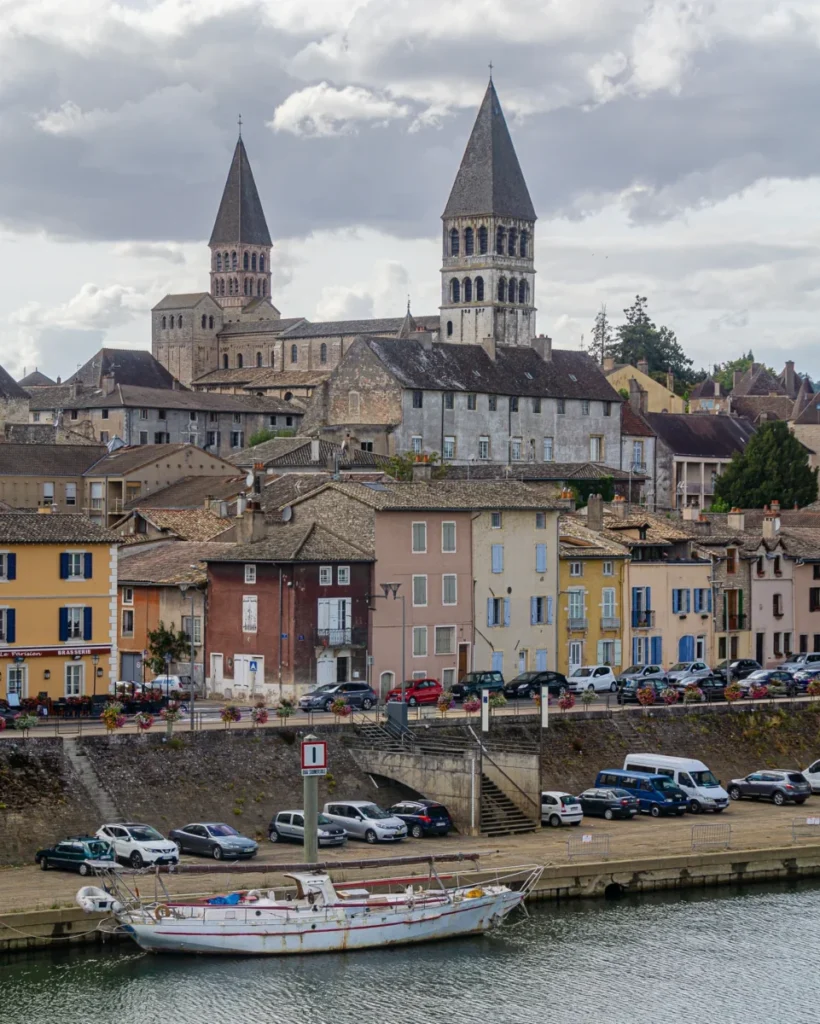
Travelers heading to Burgundy often stop in Beaune, but Tournus is a worthy alternative that sees far fewer visitors.
At the heart of the town is the Abbey of Saint-Philibert, one of the oldest Romanesque churches in France.
Around it, you’ll find wine cellars, small galleries, and excellent dining, including several restaurants that draw food lovers from across the region.
Its location on the Saône River also makes it a pleasant stop for walks and riverside cycling.
4. Bayonne (Basque Country)
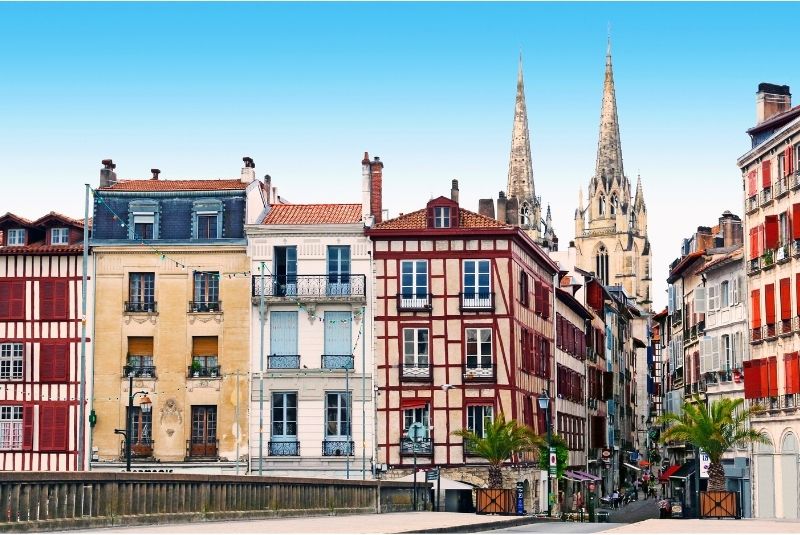
Bayonne is a deep dive into Basque culture, with a lived-in and lively atmosphere.
Narrow streets lined with timbered houses lead to chocolate shops, tapas-style bars, and the Gothic cathedral.
The annual Fêtes de Bayonne is one of the biggest summer events in France, but outside those days the city is relaxed and welcoming.
Its strong food culture is reason enough to stop, with specialties like Basque ham, chocolate, and the spicy piment d’Espelette.
5. Troyes (Grand Est)
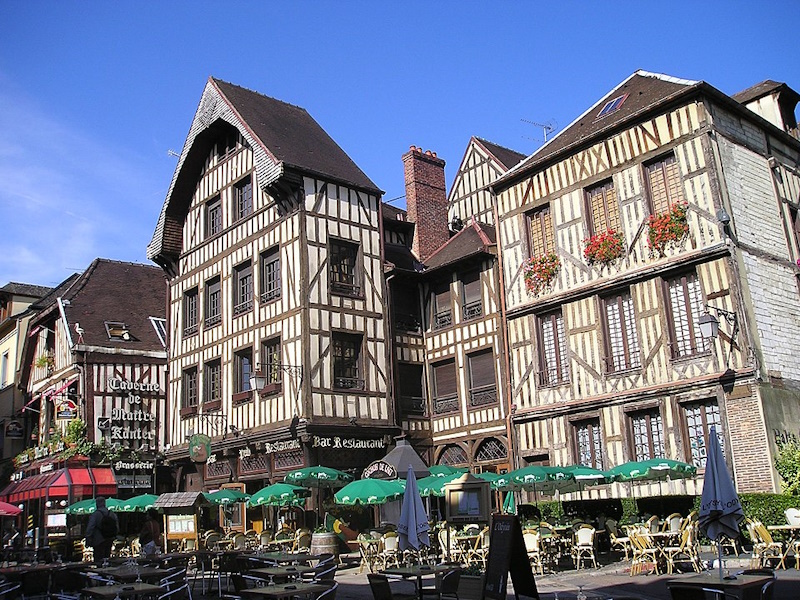
Troyes has one of the most picturesque old towns in northeastern France. The half-timbered houses are painted in soft pastels, and the medieval street plan remains intact.
The city was once a major trade hub, and its legacy lives on in the covered markets and antique fairs.
Several Gothic churches house impressive stained glass collections for visitors to explore. The atmosphere is lively but never overwhelming, even in summer.
6. Dole (Jura)
Set between Dijon and Besançon, Dole is often overlooked despite its rich history. The old town sits on the Doubs River with canals winding through lanes of pastel houses.
Louis Pasteur was born here, and a museum traces his life and discoveries. The Collégiale Notre-Dame towers over the city and offers wide views from the top.
Food lovers will also find Jura’s regional cuisine close at hand, including local cheeses and wines.
7. Pézenas (Occitanie)
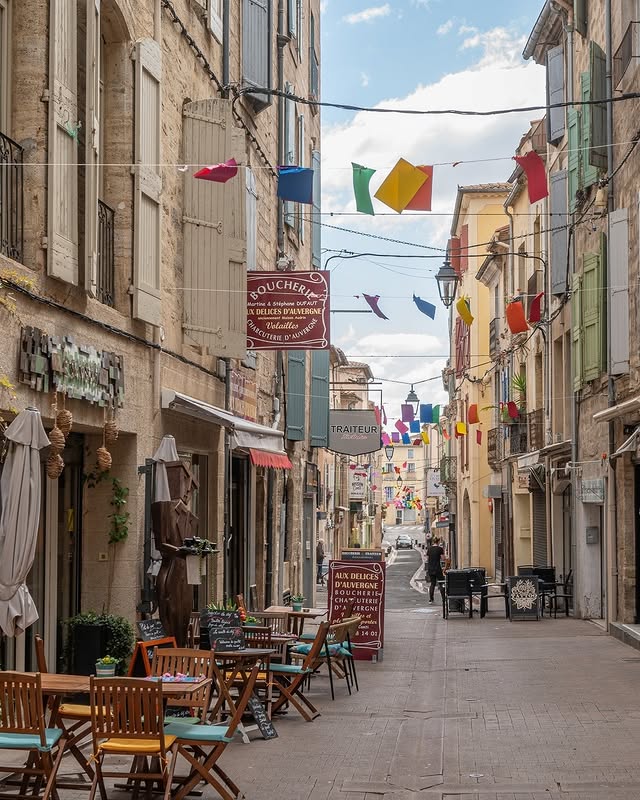
Pézenas was once the residence of the governors of Languedoc and the town where Molière staged some of his first plays.
Today, it remains a center for arts and crafts with narrow lanes lined by workshops and antique shops. On market days, the streets are filled with vendors selling everything from Mediterranean olives to handwoven baskets.
The Renaissance townhouses and hidden courtyards make it rewarding to explore at a slow pace, with plenty of café terraces to linger on.
8. Figeac (Lot, Occitanie)
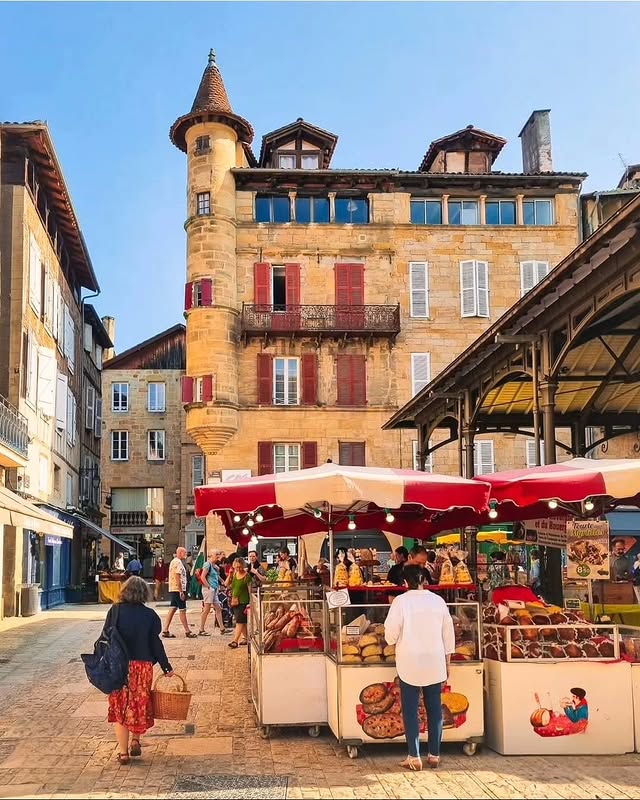
Figeac lies on the Lot River with streets shaped by centuries of trade and craftsmanship.
Medieval timbered houses stand alongside Renaissance mansions, and the old squares still carry a strong feel of history.
The town is proud of Jean-François Champollion, who deciphered Egyptian hieroglyphs, and his museum is a highlight for visitors.
In the main square, a full-scale Rosetta Stone is engraved on the ground. On market days, stalls overflow with cheeses, walnuts, and duck.
The limestone cliffs and villages around Figeac make it an excellent base for exploring the Lot valley.
